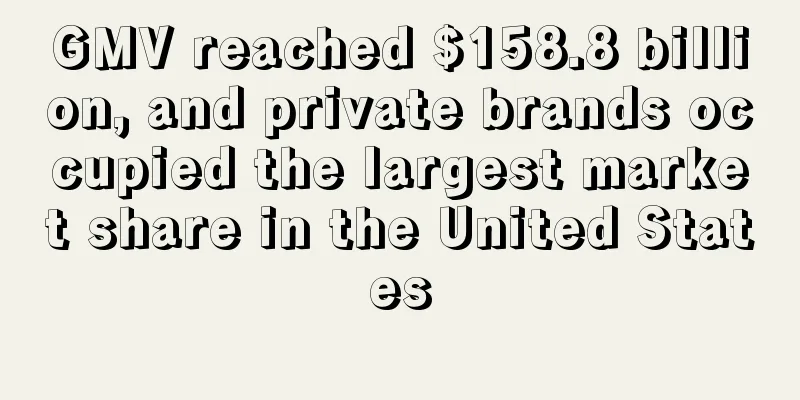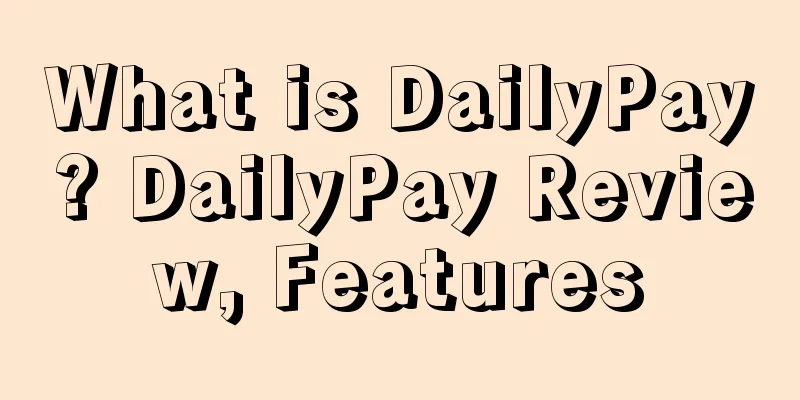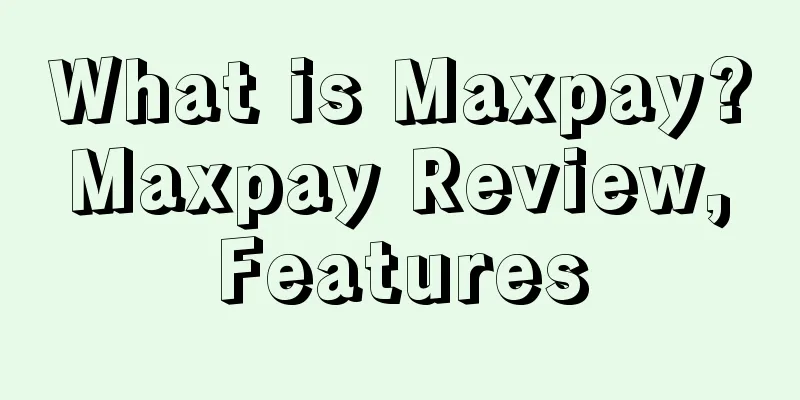GMV reached $158.8 billion, and private brands occupied the largest market share in the United States

|
Private label brands saw double-digit sales growth and strong unit volumes in 2020 as the COVID-19 pandemic lifted grocery sales, the Private Label Manufacturers Association ( PLMA) said recently. But store brands’ market share remained stable as national brands gained ground.
99% of American households buy private label brands
Data shows that private label sales in the United States totaled $158.8 billion in 2020, up 11.6% from $142.3 billion in 2019. National brands grew slightly, from $587.4 billion the previous year to $657.2 billion in 2020, an increase of 11.9%.
Despite the dramatic changes brought on by the coronavirus crisis, private label brands still account for about one-third of every four consumer packaged goods (CPG) items sold in these retail channels and about one-fifth of every five dollars spent.
So far in 2020, COVID- related retail impacts have ranged from panic buying by shoppers in the early months (leading to ongoing supply chain disruptions in high-demand categories) to socially distanced in-store shopping and a near doubling of year-over-year online sales.
Survey data shows that 99% of American households purchased private labels last year . Nationwide lockdowns and restaurant closures have also triggered a major shift in consumer purchases from food services to grocery stores as Americans adjust their lifestyles to remote schools and workplaces.
Paper products are the highest-selling category
Across all retail channels, household paper and plastics became the largest private label category in 2020, reaching $10.7 billion, or 37.4% of the total category, largely due to the increased use of toilet paper , paper towels , napkins , facial tissue, and disposable plates , cups, and utensils during the early stages of the COVID-19 pandemic .
In 2020, store brands will account for 23% of all grocery dollars and 25% of units sold, including sales from retailers not captured in point-of-sale scanning data. Those figures also include about $40 billion in private-label sales from shoppers at leading clubs, discounters and other retailers with extensive private-label programs.
In general, the habits of American consumers have also changed with the COVID-19 pandemic. Private brands are becoming more and more popular among consumers, and sellers also need to pay close attention.
GMV Private Label market share |
>>: American Eagle Q1 sales to exceed $1 billion
Recommend
What is Canadian FTR? Canadian FTR Review, Features
The Canadian Financial Intelligence Unit (FTR) is...
What is CoinGate? CoinGate Review, Features
CoinGate Lithuanian cryptocurrency payment platfo...
Brazil's sales increased by 11.3% in March! Furniture and home products are hot
Recently, the latest report on Brazil's e-com...
Freight forwarders also charge congestion fees! Sellers: Why not use balloons to deliver goods?
The pandemic and the peak season have plunged the...
What is OMOTON? OMOTON Review, Features
OMOTON is a brand that specializes in selling mob...
Infringement warning! Another common word has been trademarked, and a large number of links have been removed
The Spring Festival holiday is approaching, and w...
What is Hao Kun Da Logistics (HKD)? Hao Kun Da Logistics (HKD) Review, Features
Haokunda Logistics (Haokunda International Logisti...
Amazon's new policy will take effect! Sellers: This is the most difficult year
This year, Amazon’s actions on policies and pages...
Revenue exceeded 10 million in one year after launch! Shenzhen sellers received another 10 million in financing
Among the many sub-segments, smart wearable devic...
What is UEESHOP? UEESHOP Review, Features
UEESHOP is the earliest self-built website platfo...
Amazon account function update, a group of unqualified sellers were blocked
Amazon’s “Account Health Rating” feature, which w...
What is Wone? Wone Review, Features
Wone exists to create the best performance sportsw...
What is Panda Life? Panda Life Review, Features
Panda Life is a shopping app for Chinese internati...
What is Threadflip? Threadflip Review, Features
Founded in 2011, Threadflip is an e-commerce webs...
New changes in US consumption: Creditworthiness becomes an important factor affecting purchases
Recently, Salsify conducted a survey of more than...









